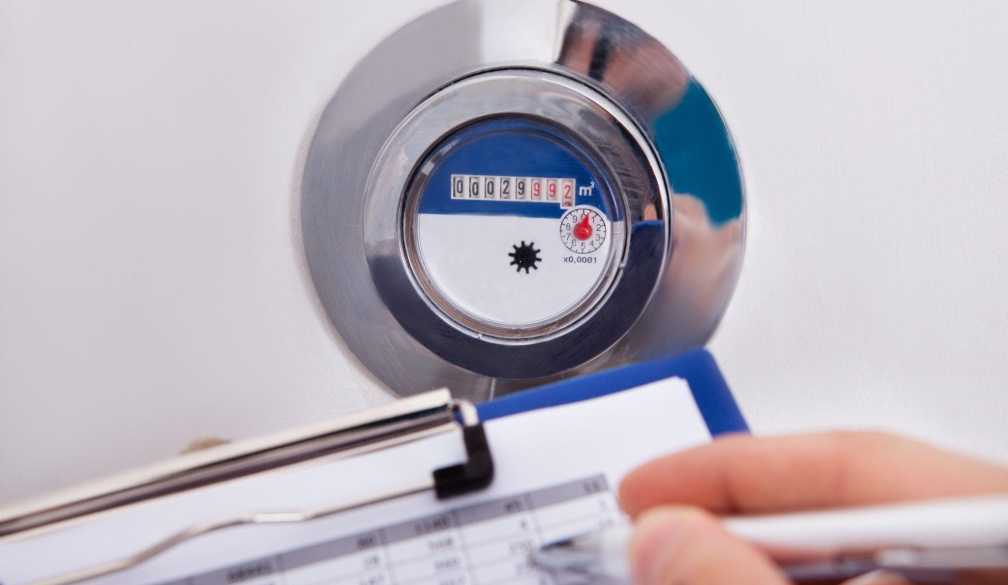Newcastle Plumber Explains How to Find Water Leaks
- Written by NewsServices.com

A water leak can be one of the most common problems frustrating homeowners. If neglected, leaks could lead to expensive repair costs and high water bills. Even a new house is not exempt from water leaks. As a homeowner, learning how to detect water leaks can be handy. It can save you from bigger trouble in the future.
How to Find Water Leaks
Finding water leaks early means you can repair them as soon as possible. And because most leaks are hidden, you have to inspect all your water sources to find the leak.
Here are some things you can do to spot where the source is.
Finding Leaks without a Water Metre
When looking for water leaks, you have to check your indoor and outdoor water sources.
-
Toilet leaks. Remove the top of your toilet tank and listen for a hissing sound to check for toilet leaks. When you hear a sound like this, you have a leak. You can also put food colouring in the toilet tank. If it appears in the bowl, your toilet leaks. If it's because of the "flapper" valve, you can just buy a replacement from a hardware store.
-
Hot water tank leaks. Your hot water system’s valve leaks more frequently than you think. Make sure to always inspect that area. Also, look for other leakage signs on other parts of your hot water system or listen for the hissing sound, like from a toilet leak.
-
Bathtub leaks. When checking for bathtub leaks, you have to look under the tub and into the crawl space underneath. Indications of bathtub leaks include loose tile, curling vinyl, peeling paint, and even mould.
-
Leaks under the sink. Moisture is the clearest sign of water leaks under the sink. When you see moisture, it’s time for you to clear out your cabinet and see if there are water stains, mould, or even buckled or peeling material.
-
Outdoors. When water escapes from the ground, it's a major issue. Looking for damp spots in the ground when other areas are not is one way to check. Puddles without rain are also an indication of possible water leaks from the underground. Confirming a water leak requires you to use a screwdriver as a stethoscope. Place it against the faucet and your thumb against the screwdriver. You can listen in and if the sound is louder, you are close to the leak.
Finding Leaks with a Water Metre
You can use your water metre to verify if you have water leaks. Simply turn off all the taps and take note of your metre reading. Wait for an hour and see if the number has gone up. If so, then your house has water leaks.
Sometimes, leaking pipes are hard to find. There's also a good chance that there are multiple water leaks. In these instances, calling in a plumber would be more efficient than trying to solve the problem yourself. They have the experience and tools to detect water leaks quickly.
What to Do Next?
Once you have identified or confirmed a water leak in your home, contact a plumber. Don't attempt to fix a leaking pipe, sewage lines or heating tank, especially if you're unsure of how to do it. Severely damaged pipes may need replacing, and you might do more harm than good if you try to fix it yourself.
The Bottom Line
As a homeowner, you'll want to know if you have water leaks to address them quickly and avoid further problems. But if you suspect it's a leaking pipe, let skilled plumbers fix them for you.



